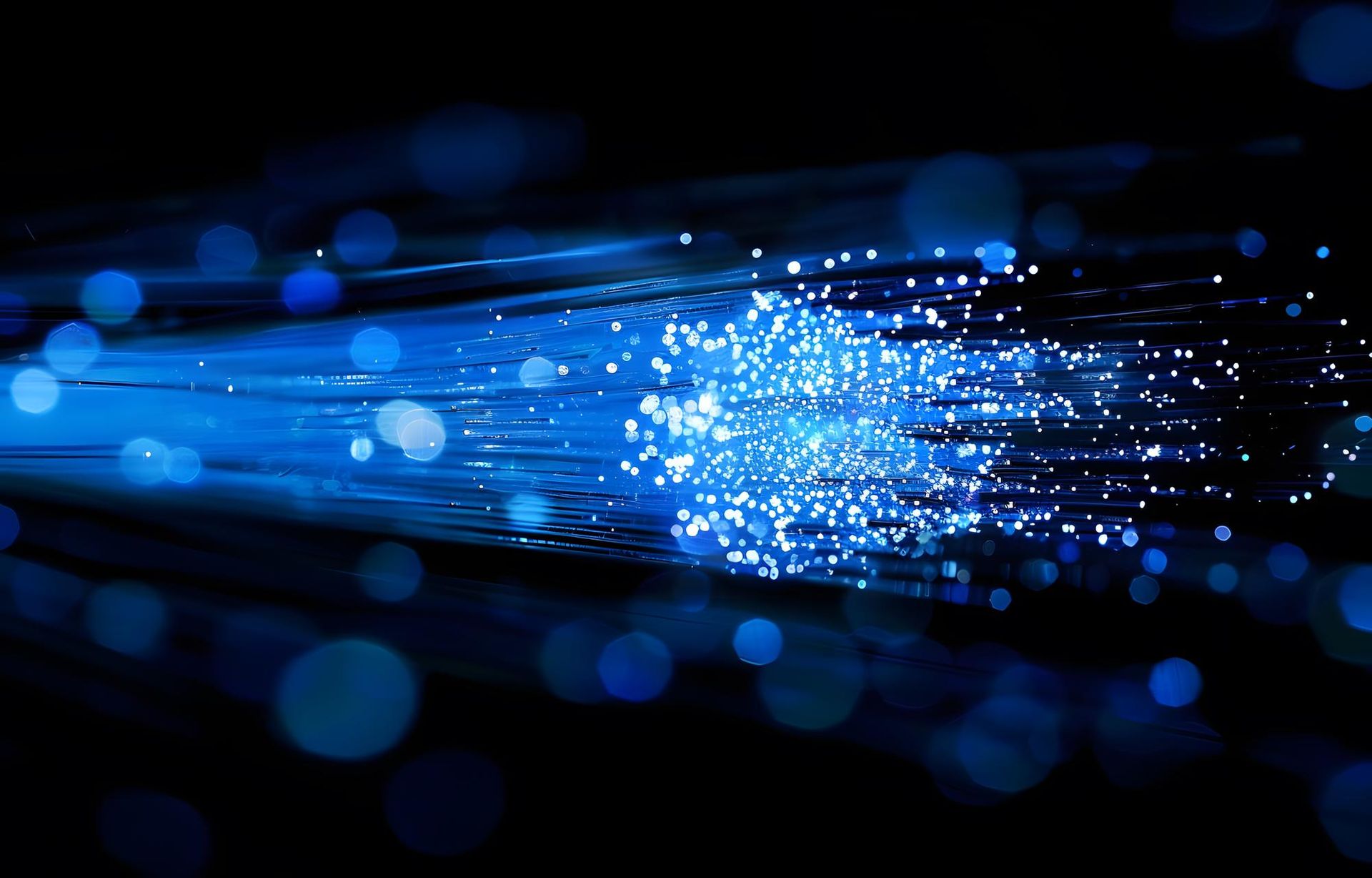In the digital era, the quest for faster and more reliable internet connectivity has never been more critical. As businesses, governments, and households increasingly depend on the internet for everyday activities, traditional broadband technologies struggle to keep pace with the growing demand for speed and bandwidth. Enter fiber optic technology, a game-changing solution that promises to revolutionize the way we access and use the internet. This article demystifies fiber optic technology, exploring its principles, advantages, and why it's pivotal for the future of high-speed internet.
Understanding Fiber Optic Technology
Fiber optic technology utilizes thin strands of glass or plastic, known as optical fibers, to transmit data using light waves. Unlike traditional copper cables, which transmit data through electrical signals, optical fibers offer a more efficient and faster means of communication. The core principle of fiber optics is total internal reflection, which allows light to be transmitted over long distances with minimal loss.
The Advantages of Fiber Optic Internet
Unmatched Speeds:
Fiber optic internet provides speeds that are significantly higher than those offered by traditional broadband services. With the capability to support gigabit speeds, fiber optics can easily handle the demands of heavy internet usage, including streaming high-definition videos, online gaming, and teleconferencing, without lag or interruption.
Higher Bandwidth:
Fiber optic cables offer a much higher bandwidth compared to copper cables. This means more data can be transmitted at once, making fiber optics an ideal solution for businesses and services that require large data transfers, such as cloud computing and online data backup services.
Greater Reliability:
Fiber optic cables are less susceptible to interference and signal degradation over long distances, ensuring a more reliable internet connection. They are also immune to many environmental factors that can affect copper cables, such as electromagnetic interference and weather conditions.
Future-Proof Technology:
As the demand for internet speed and capacity continues to grow, fiber optic technology's scalability and upgradeability make it a future-proof solution. New advancements in fiber optics, such as the development of multi-core fibers, promise to further enhance its capabilities and maintain its relevance in the telecommunications landscape.

The Essential Role of Fiber Optics in High-Speed Internet
The global shift towards digitalization and the Internet of Things (IoT) has made high-speed internet not just a luxury, but a necessity. From remote work and online education to digital healthcare and smart cities, fiber optic technology stands at the forefront of enabling these innovations. Its superior speed, bandwidth, and reliability are crucial for supporting the data-heavy and latency-sensitive applications that define our modern world.
HCT’s Commitment to Fiber Optic Innovation
HCT is at the forefront of deploying fiber optic technology, ensuring that our network infrastructure can meet the rising demands for high-speed and reliable connectivity. By integrating fiber optics, HCT is not just enhancing network capabilities but also preparing for future technological advancements. This commitment helps us stay ahead in the fast-evolving digital landscape.
Conclusion
Fiber optic technology is more than just the next step in internet connectivity; it's a transformative solution that addresses the limitations of traditional broadband and meets the ever-increasing demand for high-speed internet. With its unparalleled speeds, higher bandwidth, and reliability, fiber optics is paving the way for a future where digital possibilities are limitless.